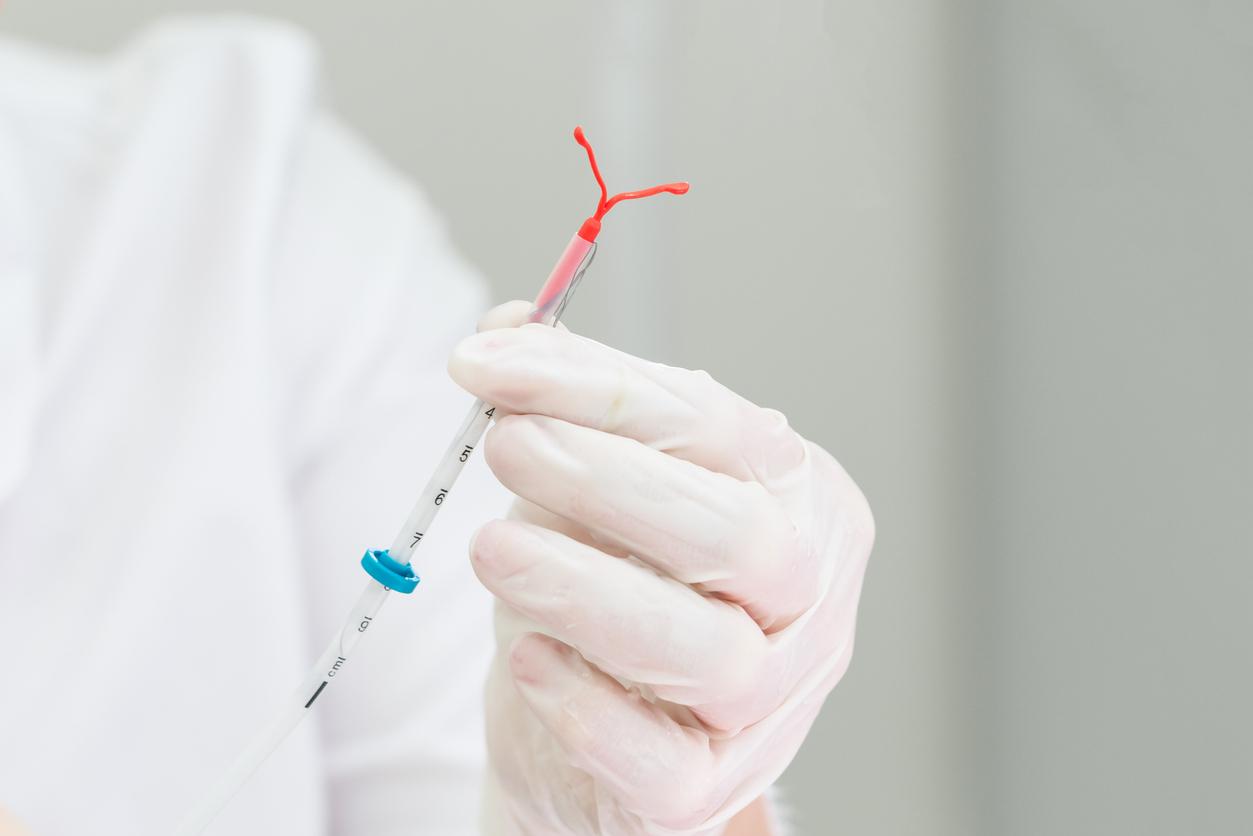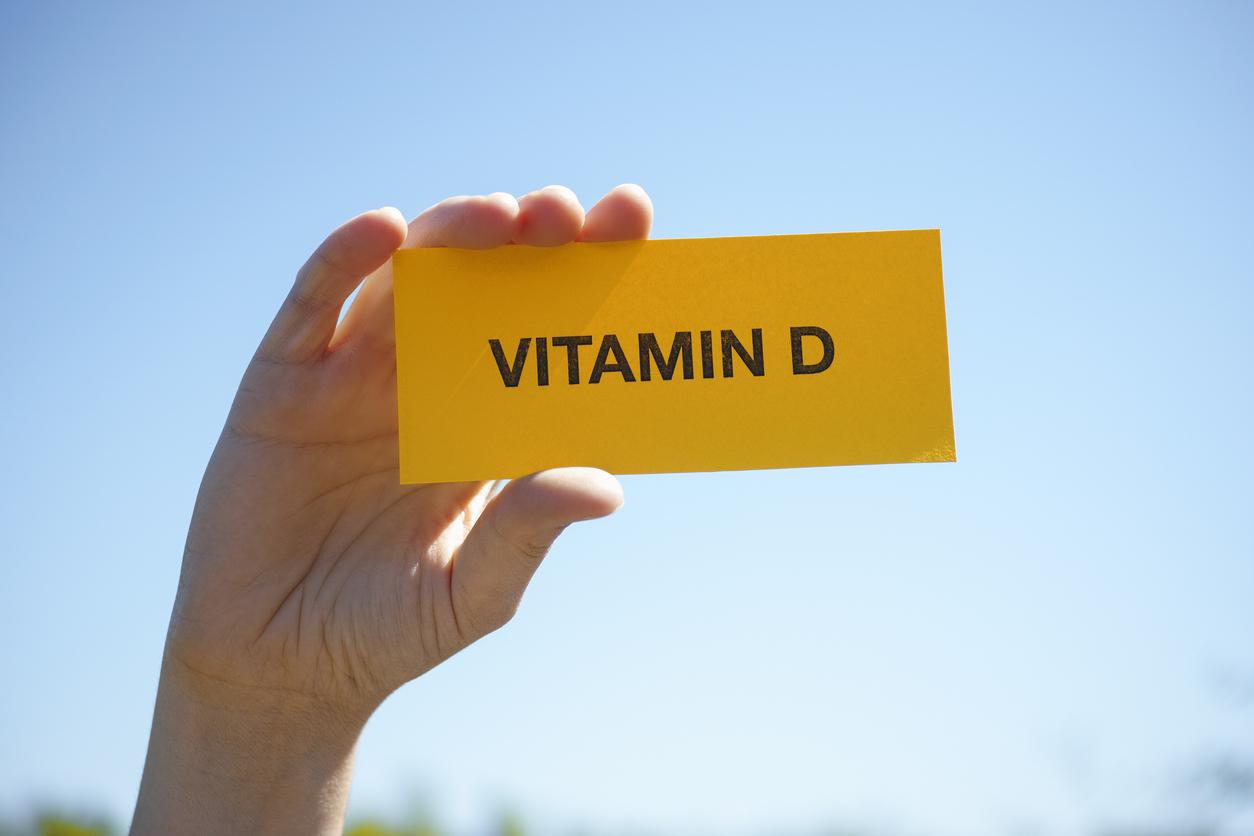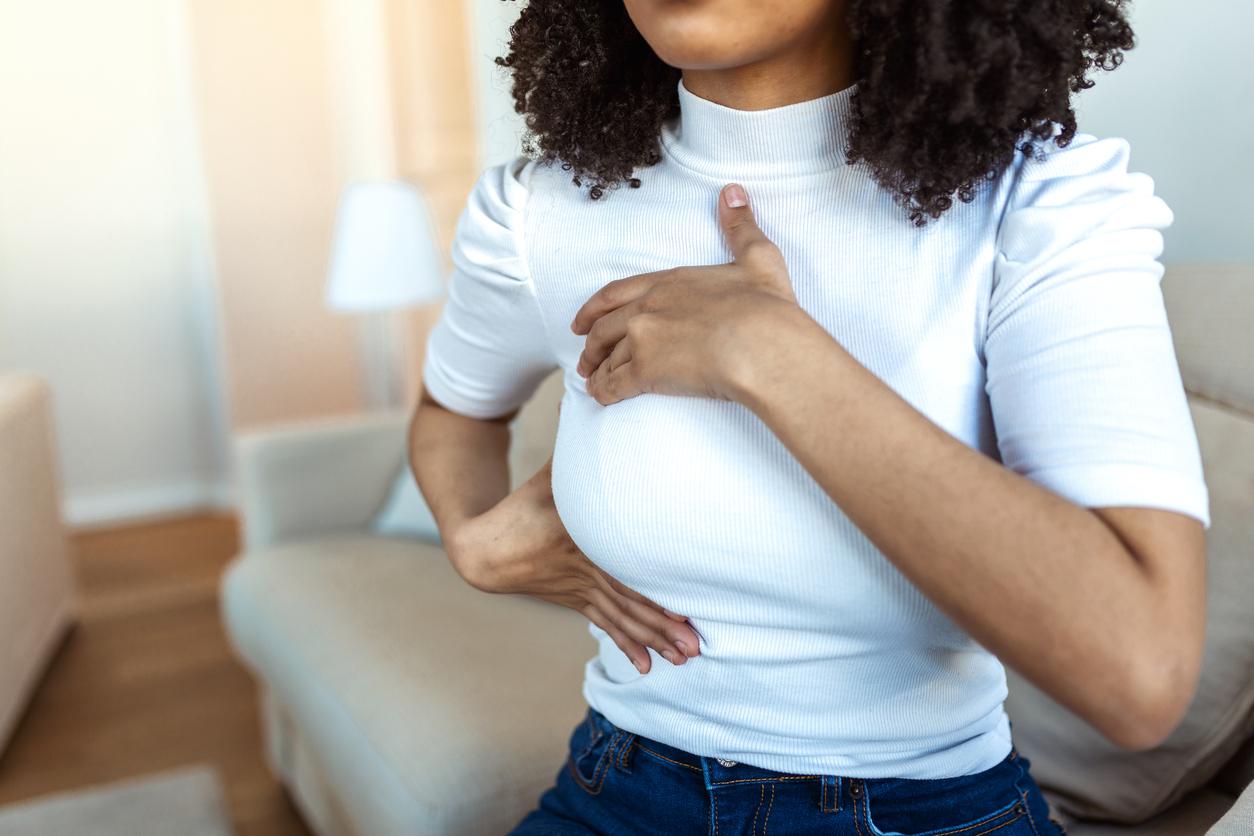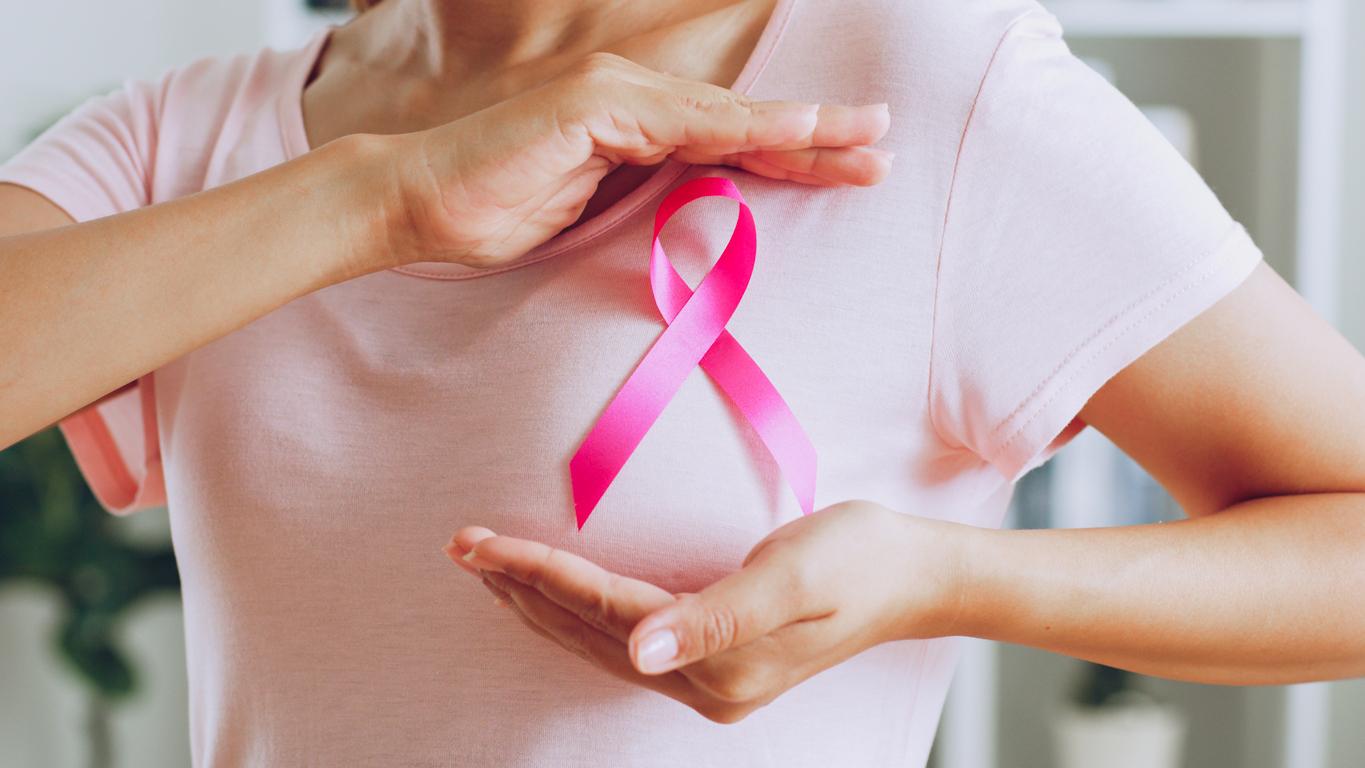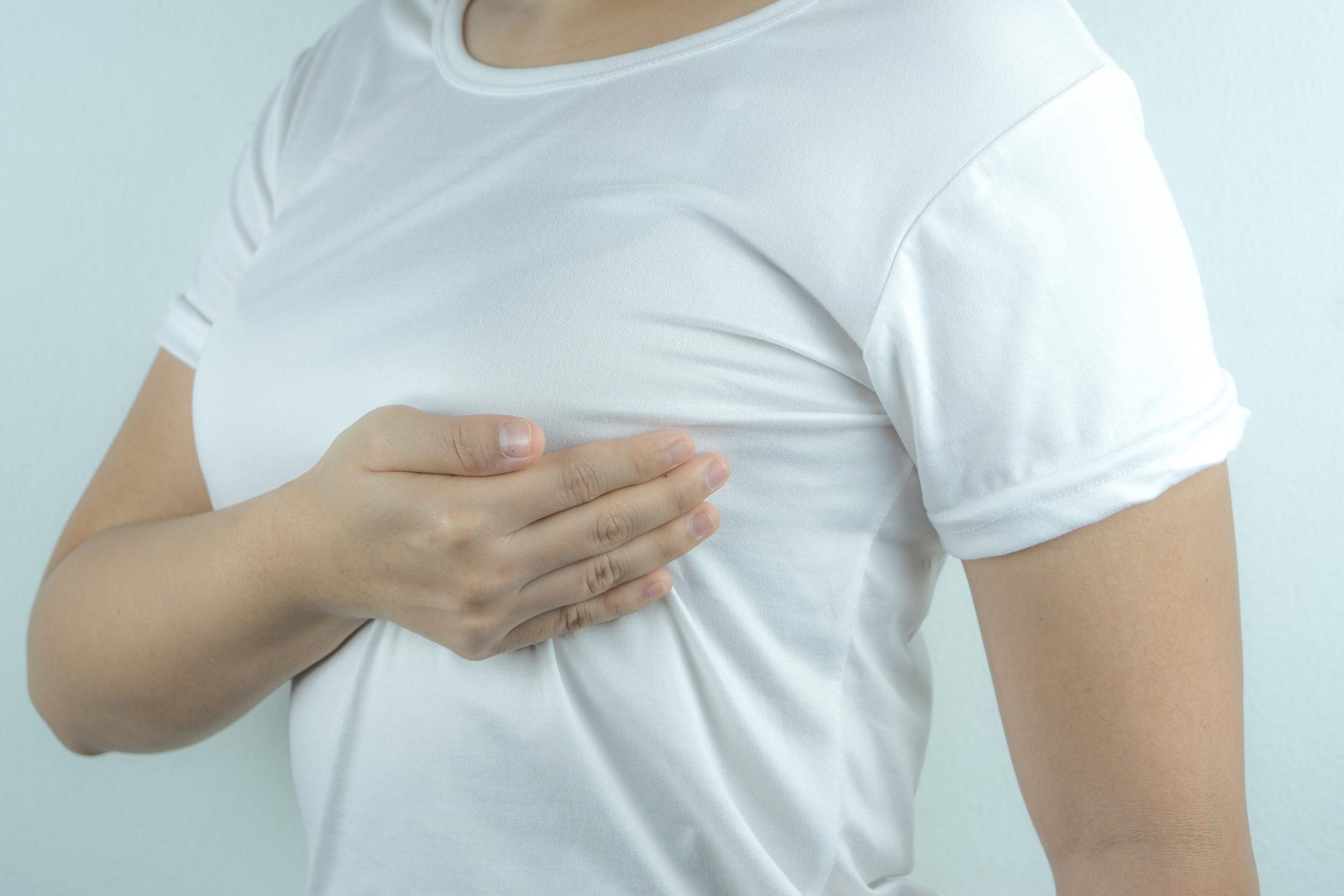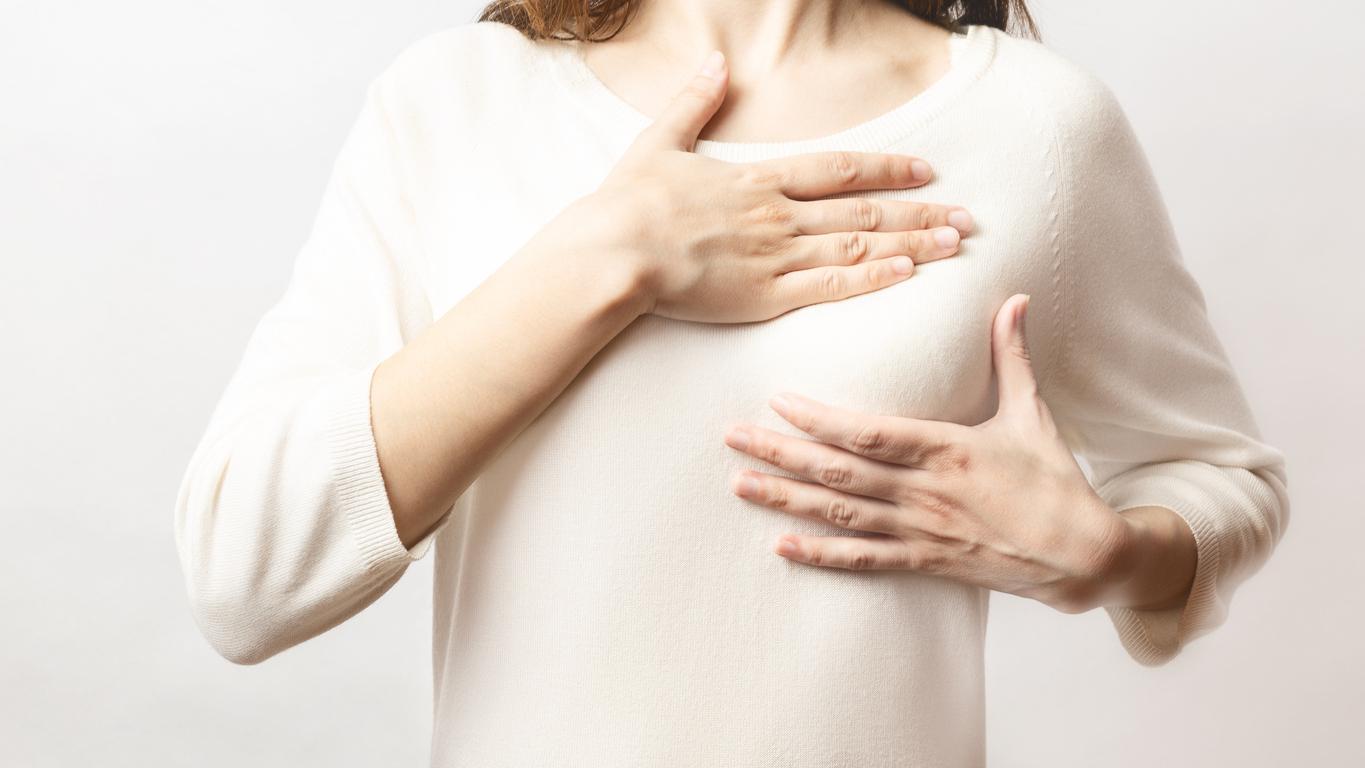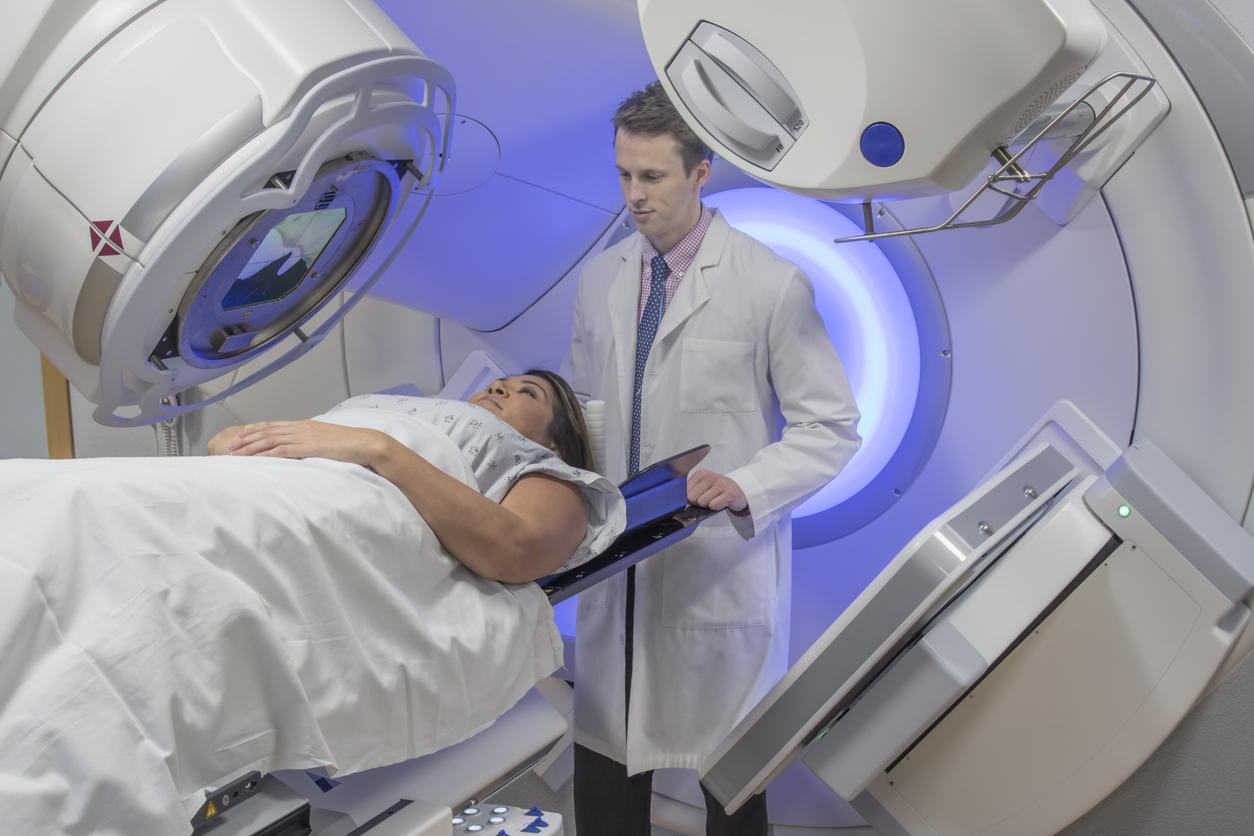Compared to people working indoors, those who work outdoors are more often in contact with the sun and its UVB rays. Their body synthesizes more vitamin D, which reduces the risk of developing breast cancer in the long term.
-1612266025.jpg)
- Outdoor work helps synthesize vitamin D.
- This vitamin D, which our body fixes thanks to UVB rays from the sun, reduces the risk of breast cancer.
Synthesized naturally by our body thanks to the sun, vitamin D plays a major role in fixing calcium on the bones, which improves their solidity. According to Danish researchers, it would also have benefits in reducing breast cancer in women over 50. The results were published in the journal Occupational & Environmental Medicine on February 2, 2021.
A powerful natural supplement
The reason why outdoor workers would be more resistant is simple: it is thanks to vitamin D. Indeed, the main source of vitamin D comes from UVB sunlight and its level increases with exposure to the sun. Among the benefits of this vitamin is its role in maintaining bone and musculoskeletal health. However, it may have other functions, including helping to prevent infections and cancer.
Previous research indicated that higher levels of vitamin D in the blood may be associated with a lower risk of breast cancer, but did not provide conclusive evidence, simply because they did not examine the effects on the long term.
To realize the potential of vitamin D on breast cancer, the researchers identified 38,375 women under the age of 70 who had been diagnosed with primary breast cancer. Each of them was compared to five women born in the same year and chosen at random from the Danish civil registry. The complete job history of these women was compiled in order to assess the exposure to the sun that their job provided them.
A better synthesis outdoors
After controlling for potentially influential factors, no association emerged between occupational sun exposure and overall breast cancer risk. However, long-term occupational exposure has been associated with a lower risk of breast cancer after age 50. Thus, in these women, the fact of being exposed for 20 years or more is associated with a 17% reduced risk of breast cancer diagnosis, while the highest level of cumulative exposure is associated with an 11% reduced risk.
Sun exposure can be used as a surrogate marker for long-term vitamin D levels. Indeed, the body manufactures vitamin D mainly in the middle of the working day (between 10 a.m. and 3 p.m.), outdoor workers are therefore de facto exposed to higher levels of sunlight than those working indoors. The researchers acknowledge, however, that their study may have some biases, including the fact that they had no information on dietary vitamin D intake or the use of vitamin D supplements, although this is not conclusive. to influence the results.
.










